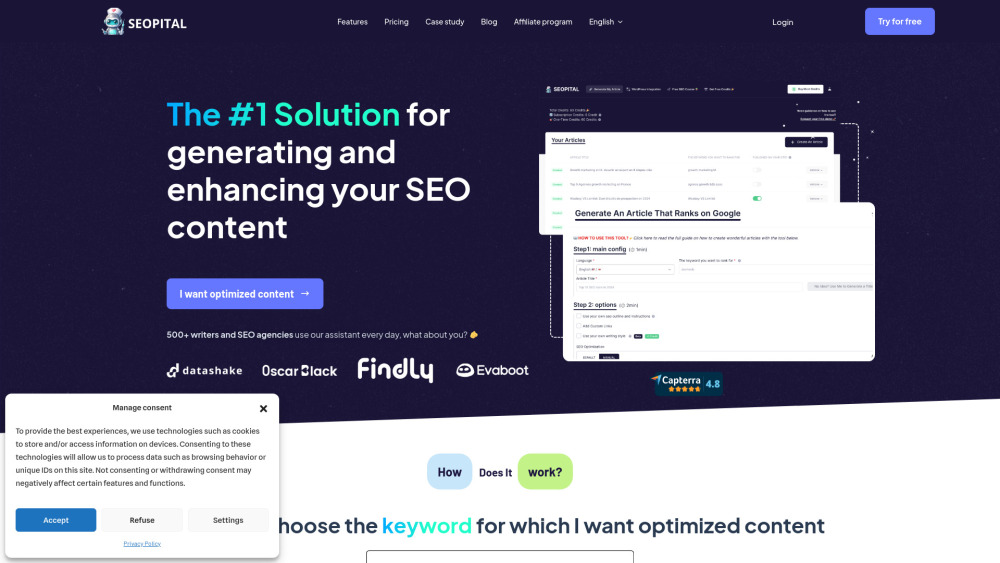AI models are being implemented across various datasets, yet their outcomes often lack consistency. This phenomenon holds true in the medical field, where a startup named Piramidal is making noteworthy strides with a foundational model designed specifically for analyzing brain scan data.
Co-founders Dimitris Sakellariou and Kris Pahuja have noted that electroencephalography (EEG) technology, while utilized in nearly all hospitals, is often fragmented by varying types of equipment and necessitates specialized expertise for interpretation. A software solution that can reliably identify concerning patterns—regardless of time, location, or device—could enhance care for individuals with brain disorders while alleviating the workload of busy nurses and doctors.
“In the neural ICU, nurses continuously monitor patients and search for signs on the EEG. However, they must sometimes step out of the room, and these patients are in acute conditions,” Pahuja explained. An irregular reading or alarm could signify an epileptic seizure, a stroke, or other serious issues, yet nurses often lack the necessary training, and even specialized doctors may find it challenging to differentiate conditions.
Having worked together for years on developing computational tools in neurology, the duo realized that automating EEG data analysis could significantly improve patient care. However, deploying such technology efficiently remains a challenge due to the lack of standardized systems across hospitals.
“I’ve worked alongside neurologists in the operating room to grasp how brain waves can be utilized and how we can craft computational systems to interpret them,” Sakellariou stated. “While EEGs are beneficial in many scenarios, using an EEG device often requires starting from scratch for each new problem. This includes gathering new data and manually annotating it.”
This situation is complicated further by the vast differences in EEG systems, hospital IT setups, and data formats, including discrepancies in electrode quantity and positioning.
Piramidal’s founders are confident—though they have not yet published their findings—that their foundational model for EEG readings could facilitate lifesaving brain wave pattern detection with immediate applicability, rather than requiring extensive, time-consuming studies.
To clarify, this model isn’t intended to serve as a comprehensive medical platform. Instead, it can be likened to Meta’s Llama series of models that provide an initial investment in foundational language understanding. While users may choose to create a customer service chatbot or a digital companion, the underlying language comprehension capability remains essential.
AI models extend beyond language, with applications in fluid dynamics, music, chemistry, and more. For Piramidal, the “language” in question is brain activity as captured by EEGs, with the potential for the resulting model to interpret signals from any setup, regardless of the number of electrodes or machine type.
No one has successfully developed such a model publicly—until now.
Despite being cautious not to exaggerate their advancements, Sakellariou and Pahuja affirmed, “We have built our foundational model, conducted experiments, and are currently focused on productionizing the code base to prepare it for scaling to billions of parameters. From day one, our focus has been model development, not research.”
The first production-ready version is scheduled for deployment in hospitals early next year, with Pahuja mentioning, “We’re launching four pilot programs starting in Q1; all will be tested in ICUs, and all are eager to co-develop with us.” This rollout will serve as a crucial proof of concept, demonstrating the model's efficacy across varied care unit environments. (Importantly, Piramidal’s technology will operate alongside standard patient monitoring.)
While the foundational model needs some adjustments for specific applications, Pahuja indicated that they would initially handle this internally. Unlike many AI firms, they envision avoiding reliance on API usage fees. However, they emphasize that even in its current form, the model holds immense value.
“There’s no scenario where a model trained from scratch will surpass our pretrained model; starting with a ‘warm start’ offers distinct advantages,” Sakellariou stated. “This is the largest EEG model ever created, dwarfed only by others.”
To advance their efforts, Piramidal requires two essential components common to all AI companies: funding and data. They recently initiated a successful $6 million seed round, co-led by Adverb Ventures and Lionheart Ventures with contributions from Y Combinator and angel investors. These funds will support the substantial computational costs associated with model training and help expand their team.
Regarding data, they possess sufficient quantities for training their initial production model. “It turns out that there is a wealth of open-source data—though much of it is siloed. We are actively aggregating and harmonizing this into a comprehensive integrated database.”
Collaborations with hospitals are expected to yield valuable and extensive training data, accumulating thousands of hours, potentially elevating subsequent model iterations beyond human capabilities.
Currently, Sakellariou noted, “We can reliably identify specific patterns that doctors monitor. However, a larger model will enable us to detect patterns that may be imperceptible to the human eye.”
While this goal is still on the horizon, achieving superhuman performance isn’t a prerequisite for enhancing patient care. These ICU pilots will allow for rigorous evaluation of the technology's effectiveness, both in scientific discussions and investor meetings.





